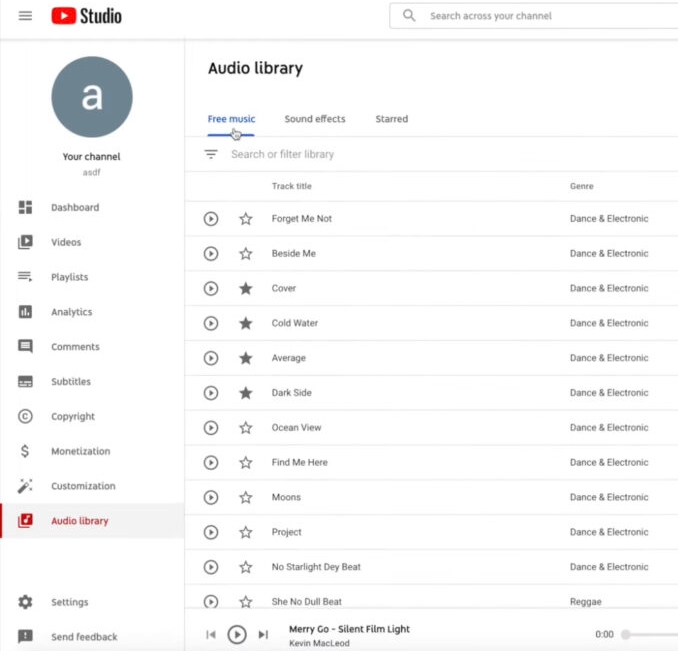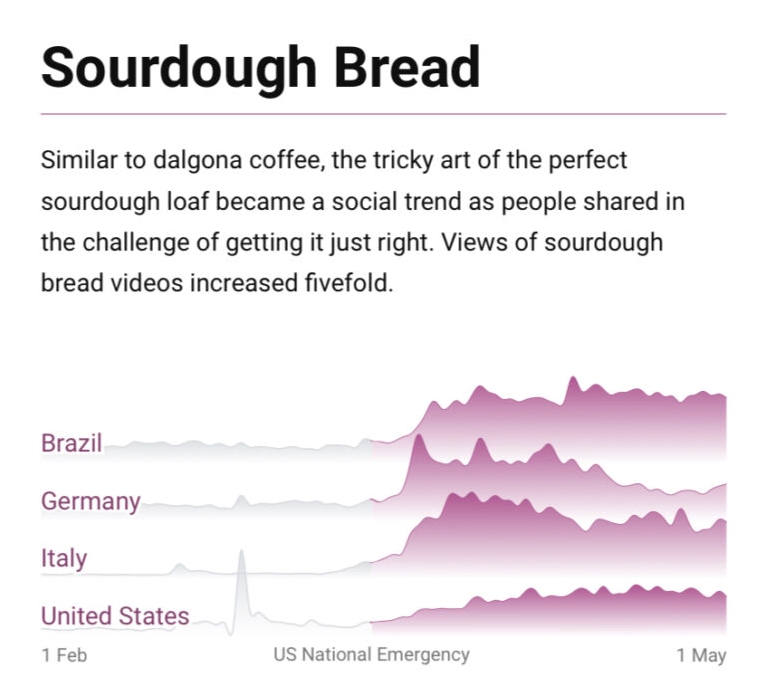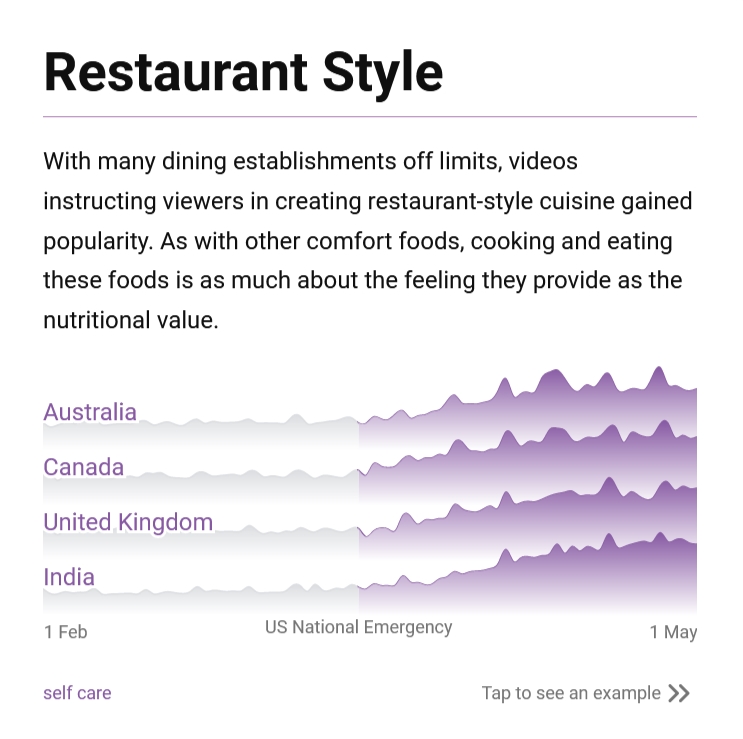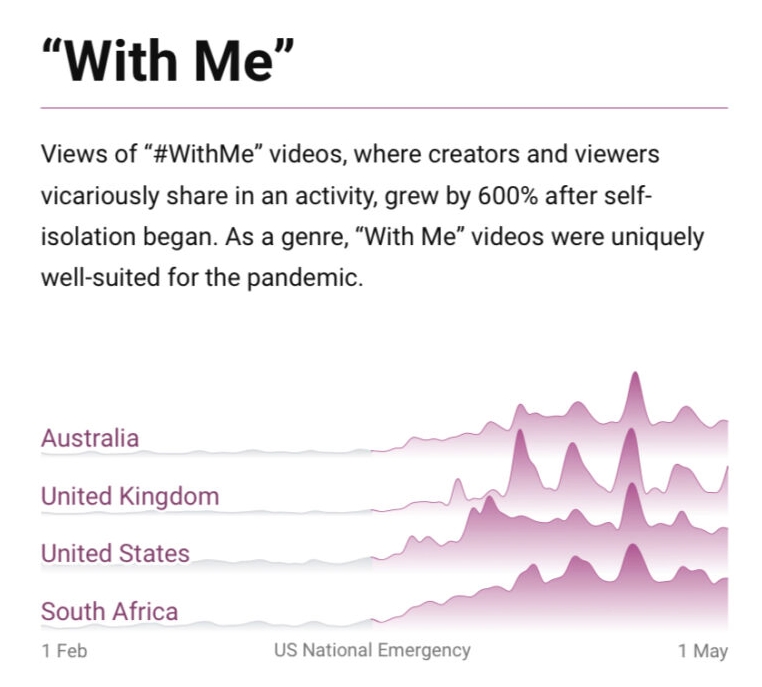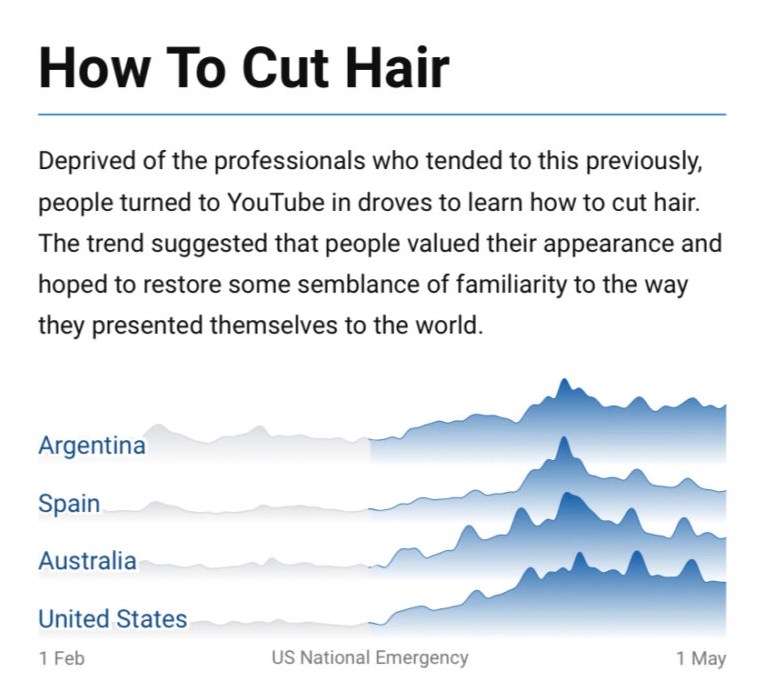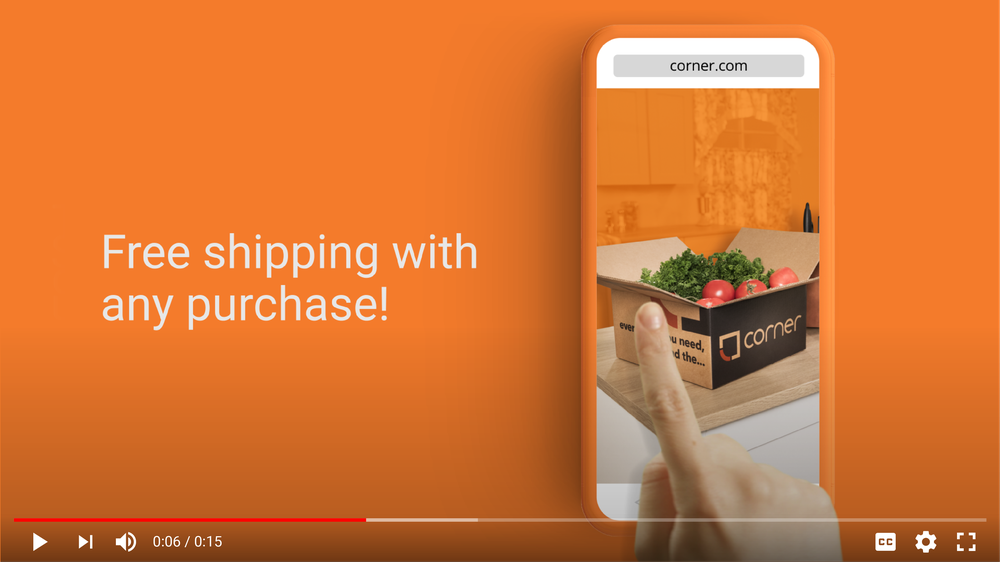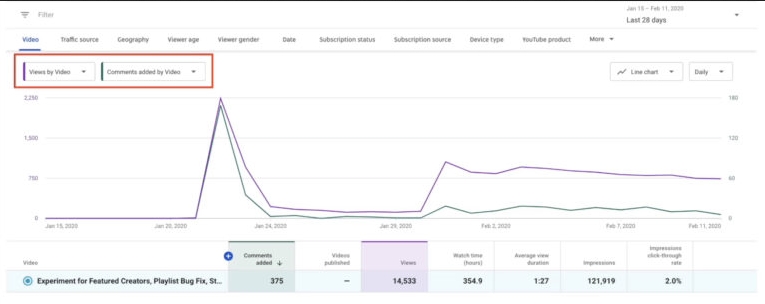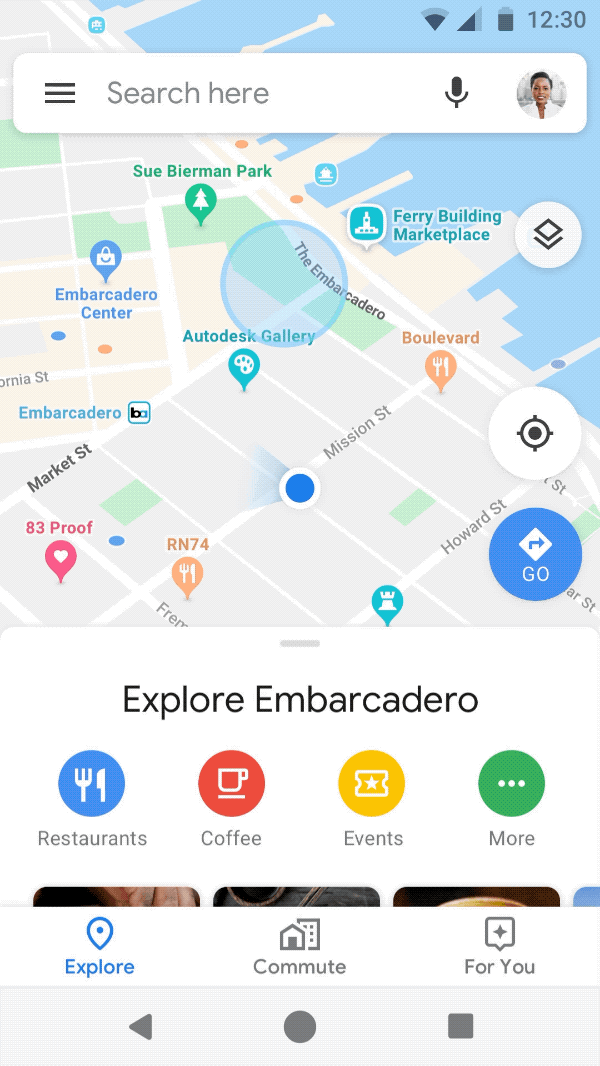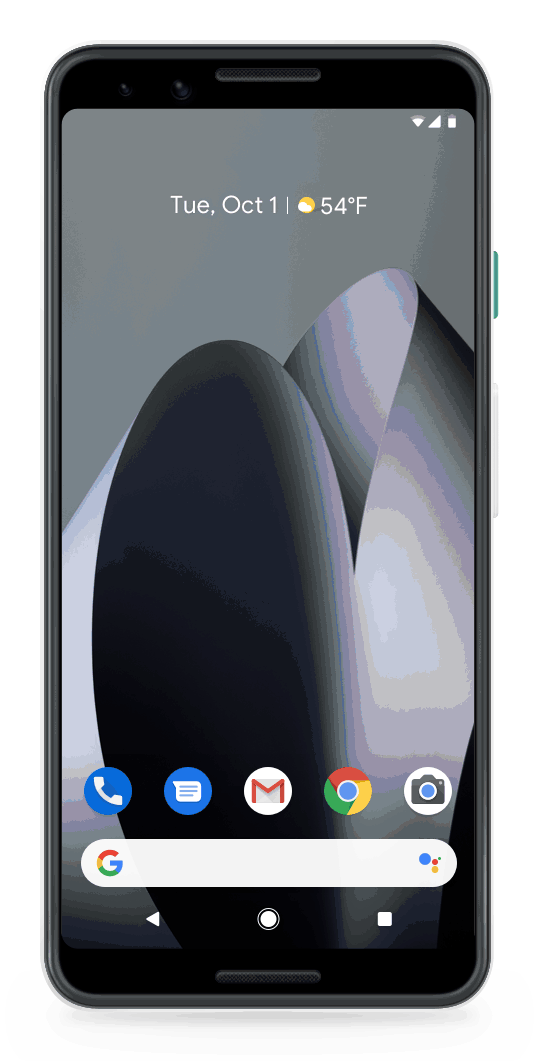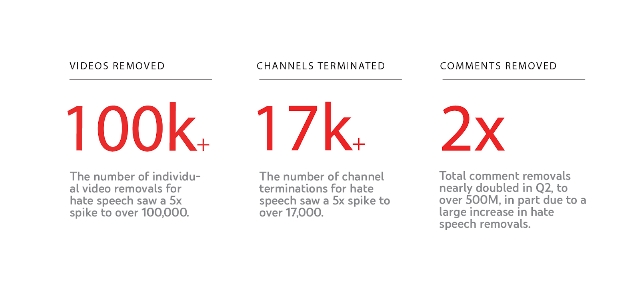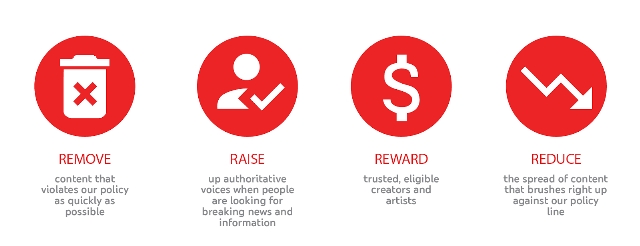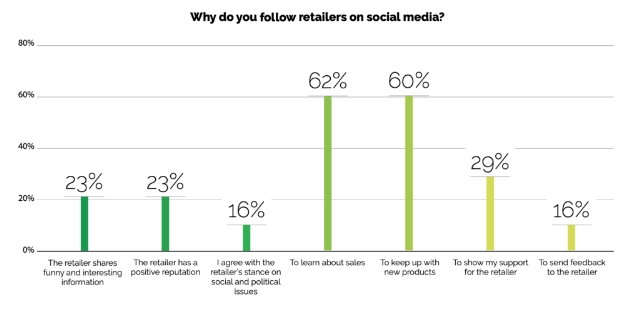YouTube announced a pretty big change to how it manages ads for longer videos across the platform. Effective immediately, the video streaming platform is turning post-roll ads on by default for all monetized videos that run over 10 minutes long.
This means any video over that length will automatically include these ads, unless you explicitly opt-out.
The news came as part of the first news update of 2021 from YouTube’s Creator Insider channel.
In the video, a YouTube representative tells creators:
“For monetizing creators, any videos over 10 minutes in length will automatically have post-roll ads turned on by default.”
What Are Post-Roll Ads?
When it comes to online videos and video advertising, there are essentially three different types of ads: pre-roll, mid-roll, and post-roll.
Pre-roll ads run before your video ever starts. Mid-roll ads interrupt your content, similar to TV commercials appearing in the middle of your favorite show. Post-roll ads run after your video has completed.
The obvious benefit to post-roll ads is that they are the least intrusive to the viewing experience. The viewer loses nothing by moving on to a different video.
Importantly, for any type of ad to be shown on your videos, you must have applied for and been accepted to the YouTube Partner Program (YPP).
How This Might Affect You
With this change, all types of ads are now turned on by default. That means viewers will be shown ads before, during, and after your video.
Even if it is a 20-minute long video or longer, that can add up to be a whole lot of advertising for online audiences.
This can cause burnout or frustration, potentially pushing viewers away from your channel over time.
On their own, there is nothing inherently wrong with including post-roll ads on your videos. They may even become the preferred ad placement for many content creators.
However, this change makes it more important than ever to strategically manage where ads will appear on your videos and take more active control of your advertising settings.
If you’d like to find out more about post-roll ads or YouTube’s new ad policy, check out the Creator Insider video below:

